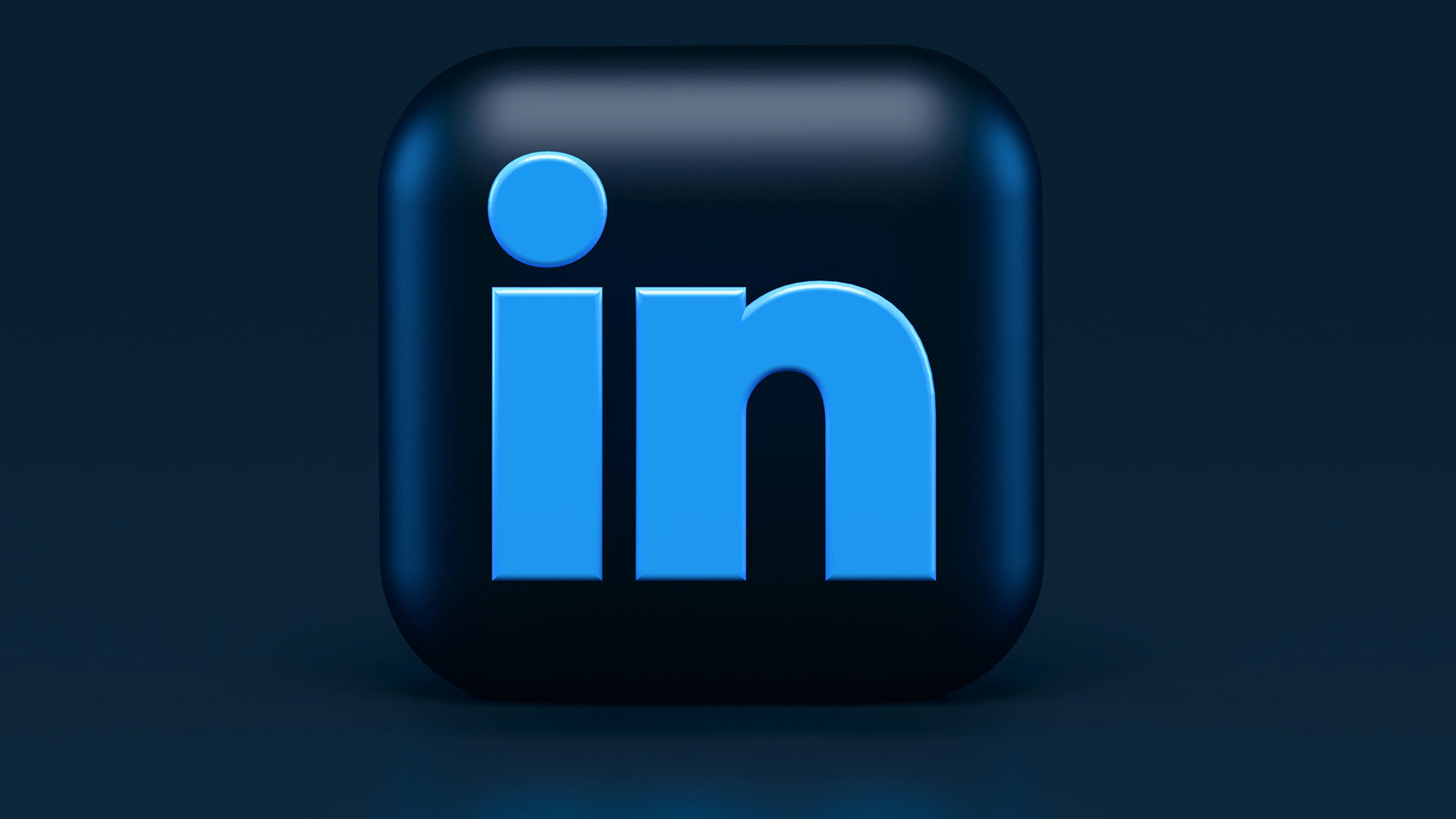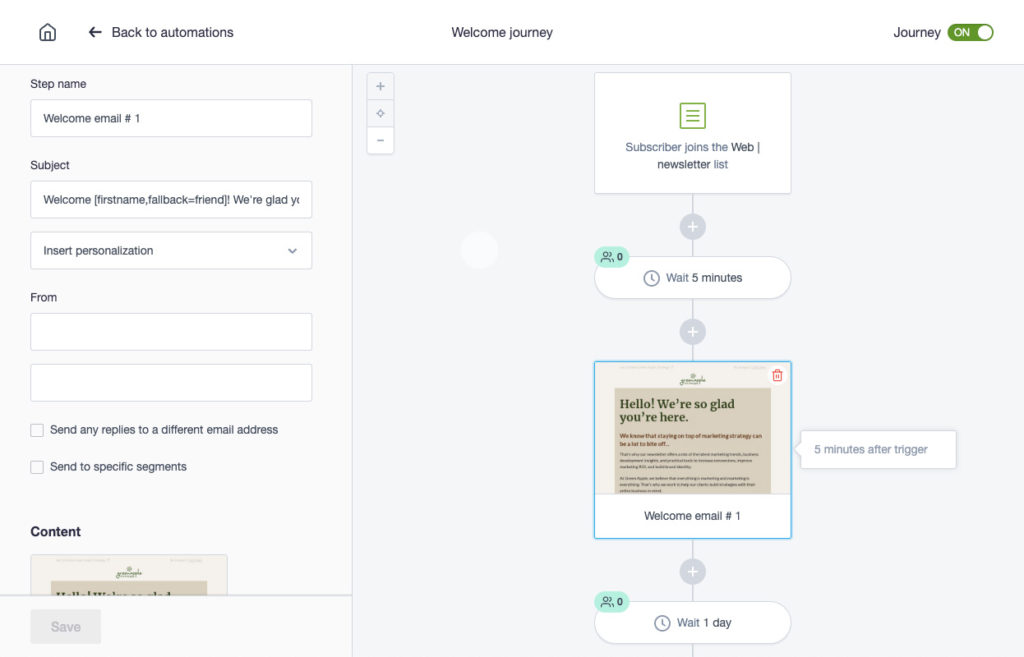The importance of graphic design can’t be understated in today’s increasingly noisy world. Effective graphic design captures attention, creates greater engagement, and enables you to keep up with the content demands of your audience. At the same time, we recognize that the cost of graphic design can be a major concern, especially for small businesses. As a result, businesses have turned to DIY graphic design tools, such as Canva, to cover their design needs.
While our team at Green Apple uses Canva for quick designs, we realize the platform’s limitations for helping brands stand out from the crowd. As we work with clients to determine their design needs and create a marketing plan that fits their budget, here are a few things we’ve found when it comes to choosing between a professional graphic designer and DIY tools like Canva.
The Benefits of Hiring a Graphic Designer
Here are a few ways that hiring a professional designer can benefit your brand or business:
1. Graphic Designers Can Capture Your Unique Brand
While DIY tools are beneficial for creating graphics in a short amount of time, the platforms only allow you to use pre-designed templates and designs available in their library.
On the other hand, professional graphic designers are experts at helping your brand’s unique story through visual means. They bring their knowledge and creativity to branding and design projects in a way that isn’t accessible with DIY tools.
2. Graphic Designers Provide Creative Ideas & Problem-Solving Skills
Graphic design is all about creativity and finding effective ways to bring your ideas to life in innovative ways. If you’re struggling to capture attention or find ways to communicate the essence of your brand, a graphic designer can work with you to find creative ways to solve these problems.
3. Graphic Designers Collaborate and Listen to Feedback
The collaborative element of design is often one of the most mutually beneficial aspects of a marketing campaign. It may seem obvious, but Canva and other DIY tools can’t really listen or help you process graphic design feedback. On the other hand, graphic designers take time to consider the client’s perspective and work with them to create their vision.
4. Graphic Designers Provide Consistency in Quality
Consistency in your brand’s color scheme, patterns, and fonts must be considered during all aspects of the design process. A professional designer will be able to incorporate the brand identity into any new design ideas. If the brand identity is not clear, the designer will be able to create one for it.
When to Hire a Graphic Designer Instead of Using Canva
If you want to create simple graphics for your social media posts, add some design techniques to your school projects or presentations, or other similar personal uses, Canva is a good choice! However, the benefits of hiring a graphic designer can make a tangible difference when it comes to working on more detailed design projects. Here are a few types of projects that should be designed by a professional:
1. Core Branding Projects
It’s important to make sure your brand identity is as impactful and consistent as possible. Whether you’re creating a logo or designing core branding materials, it’s incredibly beneficial to have a professional eye on the project. If you’re worried about the scalability of hiring a designer, ask them to create templates for sales presentations or a flyer where you can have the ability to edit easily and print on demand.
2. High Profile & Important Print Materials
Every marketer and business owner recognizes certain marketing materials are more important than others. A random social media post doesn’t hold the same weight as your annual report. Whenever we’re working with clients to design high-profile materials, we typically encourage them to invest in design. This includes materials that have a long shelf life such as business cards, flyers, and other marketing materials.
3. Projects that are Important for Business Development
Here’s a good question to ask when determining whether or not to hire a professional graphic designer: “Will this specific project or image directly impact our ability to sell our product or services?” While the case can be made that everything is marketing, it’s also important to recognize which marketing materials make a greater impact on your business development efforts. For example, your website, sales presentations, and trade show materials are all examples of marketing collateral that has a direct connection to your bottom line.
Finding the Right Designer Makes All the Difference
At Green Apple, we care about helping clients find the best graphic designer for their business. This is where the Green Apple Orchard provides incredible value. If you’re looking for a graphic designer to help visually tell your brand’s story, connect with our team to learn how our team of specialists can help.












